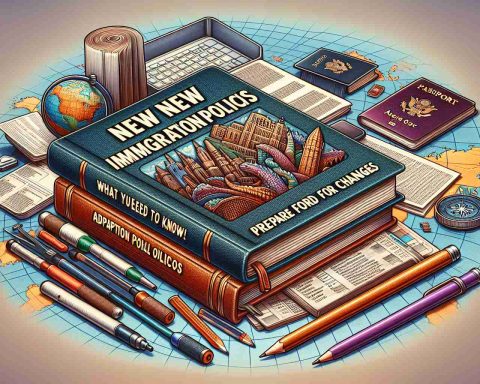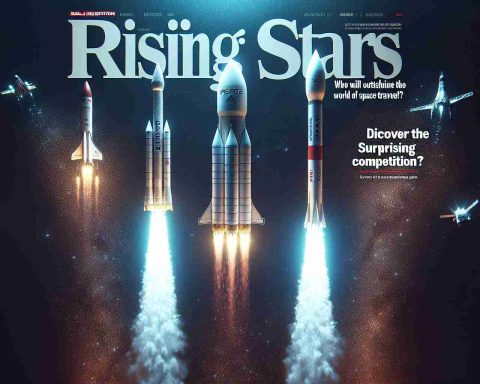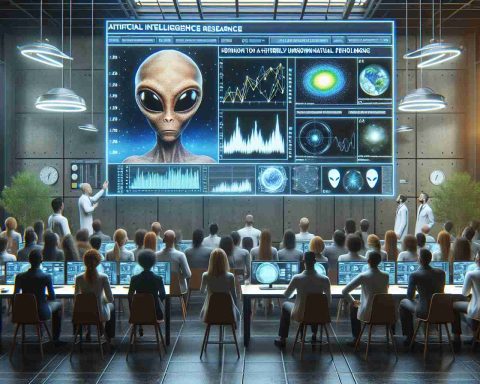Controversial Changes Loom as Trump Takes Office
Donald Trump has signaled a dramatic shift in US immigration policy following his inauguration. He plans to spearhead a series of executive orders to reshape citizenship and immigration rights, particularly targeting the long-established practice of birthright citizenship.
The incoming president announced his intention to declare a national emergency at the southern border, aiming to halt illegal entries and begin the repatriation of undocumented migrants with criminal records. He stated that he would deploy military forces to combat what he described as an “invasion” of the country.
The administration is set to revisit the contentious policies of previous years, including the reinstatement of the “Remain in Mexico” approach. This policy would require individuals seeking asylum to stay in Mexico until their claims are resolved, effectively limiting their ability to enter the US.
In addition to immigration enforcement, discussions have surfaced regarding potential changes to the birthright citizenship clause enshrined in the 14th Amendment. Officials have indicated that the federal government may no longer recognize automatic citizenship for children born to illegal immigrants. This move has garnered significant backlash and is expected to face swift legal challenges.
Experts warn that while the need for immigration reform is acknowledged, the executive measures proposed by Trump may complicate the already difficult legal immigration system, leading to further issues rather than resolution. The upcoming weeks will reveal the true impact of these proposed policies on the nation’s immigration landscape.
Implications of a Shift in Immigration Policy
The changes in immigration policy under Donald Trump mark not only a significant moment in American governance but also hint at broader societal implications. Adopting a stringent immigration approach may foster divisiveness within the nation. As debates take center stage, public discourse is likely to polarize, with communities torn between the values of inclusion and exclusion. Historians point to similar periods in U.S. history where immigration policy mirrored societal fears, often leading to increased xenophobia and social unrest.
Culturally, this shift underscores a reevaluation of American identity. The ethos of the nation as a “melting pot” is challenged, raising questions about who truly fits into this identity. Minority communities, particularly Latino and African immigrants, may feel increasingly marginalized, impacting their societal contributions and sense of belonging.
From an economic perspective, the implications are considerable. Limiting immigration could stifle innovation and labor market flexibility, particularly in industries reliant on immigrant labor. According to the Partnership for a New American Economy, nearly one in four entrepreneurs in America is an immigrant, highlighting how restrictions could inhibit economic growth.
The longer-term significance of these developments may extend to the international stage, potentially undermining the United States’ standing as a global leader in human rights. As nations observe these policies, they might reconsider their alliances and approach toward refugees and migrants, reflecting a shift in global norms. Future trends may see an increase in bilateral agreements focused on border control and immigration enforcement, potentially sidelining human rights in favor of national security.
Trump’s Immigration Policy Overhaul: What You Need to Know
Significant Changes in U.S. Immigration Policy Under Trump Administration
As Donald Trump assumed the presidency, he proposed sweeping changes to U.S. immigration policy that attracted both attention and outrage. Aimed at reshaping immigration rights and citizenship, these proposals could have lasting effects on the country’s legal framework and social dynamics.
Key Features of Trump’s Immigration Policy
1. National Emergency Declaration: Trump announced his intention to declare a national emergency at the southern border. This move is designed to tackle illegal immigration, specifically focusing on the repatriation of undocumented individuals with criminal backgrounds.
2. Military Deployment: Plans to deploy military forces to assist in border security were highlighted, which he referred to as a response to an “invasion.” This unprecedented step raised questions about military involvement in civil enforcement.
3. Reinstatement of ‘Remain in Mexico’ Policy: The administration considered bringing back the “Remain in Mexico” policy. Under this approach, asylum seekers would be required to remain in Mexico while their applications are processed, effectively limiting their entry into the United States.
4. Potential Changes to Birthright Citizenship: A controversial proposal involved altering the recognition of birthright citizenship as outlined in the 14th Amendment. This could mean that children born to undocumented immigrants would no longer automatically gain U.S. citizenship, a change that is expected to face significant legal challenges.
Pros and Cons of Proposed Immigration Changes
Pros:
– Enhanced Border Security: Supporters argue that increased military presence and enforcement actions at the border might deter illegal crossings and improve safety.
– Streamlined Enforcement: Revisiting previous policies may bring a sense of order to chaotic random enforcement practices.
Cons:
– Legal Challenges: Many of Trump’s proposals, particularly changes to birthright citizenship, would likely face extensive legal hurdles, potentially leading to protracted court battles.
– Humanitarian Impact: Critics warn that limiting access for asylum seekers and changing citizenship laws could lead to serious humanitarian issues and family separations.
Market Insights and Trends
The shift in immigration policy is part of a broader trend focused on enhancing national security while addressing immigration concerns. As notable as this administration’s moves are, they align with global shifts where countries are re-evaluating their approaches to immigration. Analysts indicate that these changes could influence demographics, labor markets, and social services in the long term.
Future Predictions and Sustainability
The longer-term impact of these policies remains uncertain. While some argue that stricter immigration policies could lead to increased illegal crossings in the face of harsh regulations, others believe that it might eventually stabilize the immigration system. The sustainability of such a contentious approach is also in question, as public sentiment and legal challenges could shift the tide over time.
For those tracking these developments, it is essential to stay updated on legal outcomes and any further executive actions that may arise during the Trump administration. To understand more about the implications of these policies, you can visit USCIS for official updates on immigration laws and procedures.



















